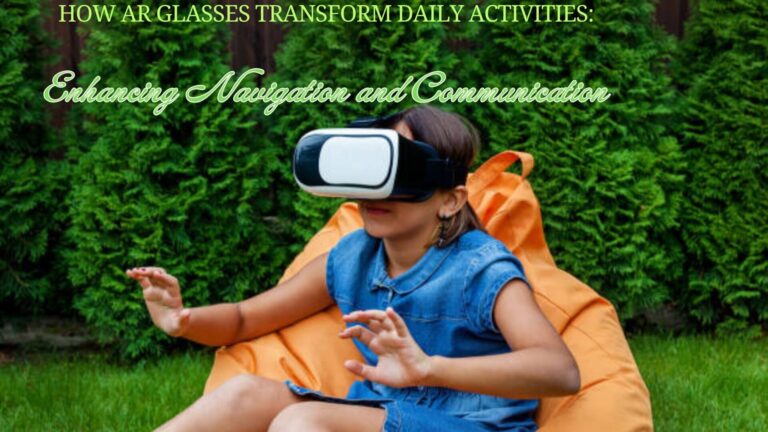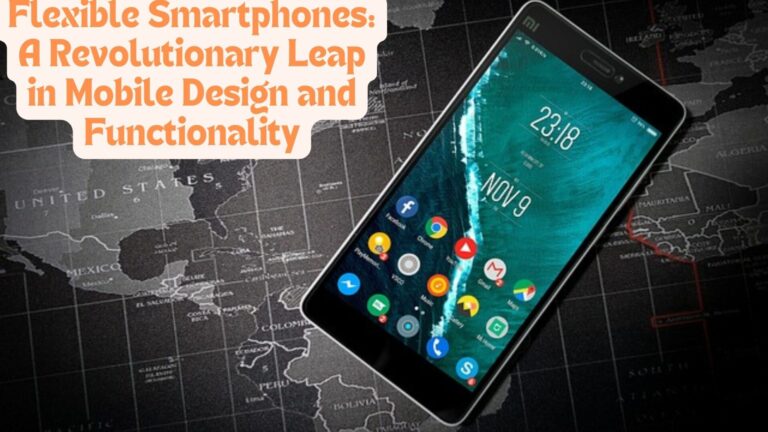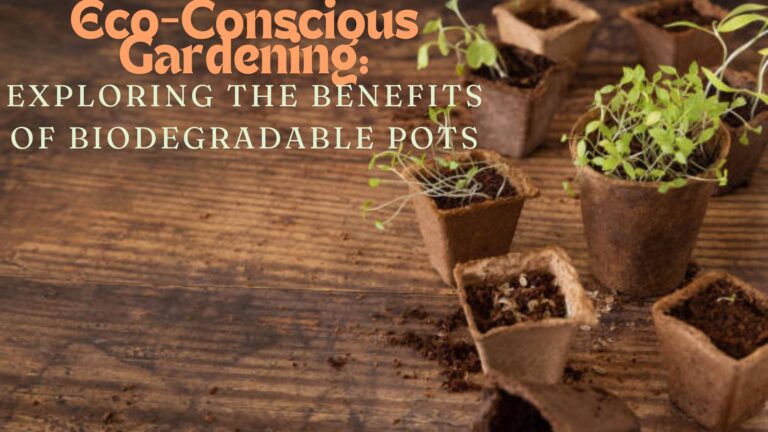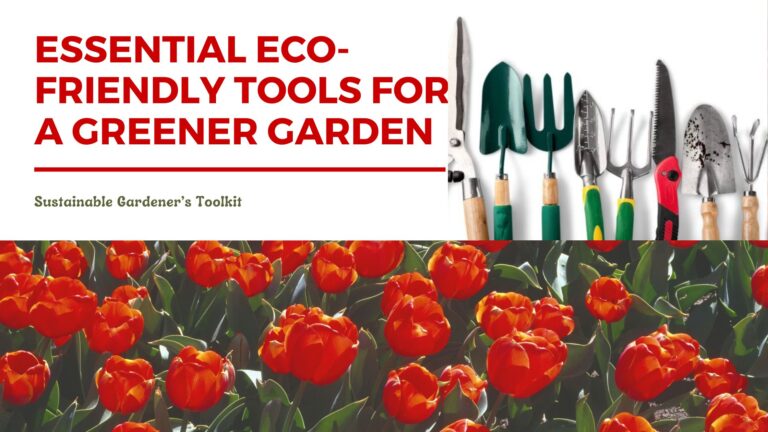Introduction:-

Unveiling the Impact of Transportation and Communication Tech on Human Geography
In today’s interconnected world, the dynamic relationship between transportation, communication technology, and human geography is undeniable. As we delve deeper into this nexus, it becomes apparent that advancements in transportation and communication tech play a pivotal role in shaping the spatial patterns, interactions, and structures of human settlements worldwide.
What was the impact of transportation and communications technologies?
The impact of new transportation and communication technologies has been profound and far-reaching, transforming societies, economies, and cultures in various ways:
- Global Connectivity: New transportation and communication technologies have facilitated unprecedented levels of global connectivity, enabling people, goods, and information to move across vast distances with greater speed and efficiency. This has accelerated globalization, leading to increased interdependence among nations, cultures, and economies.
- Economic Growth and Trade: Improved transportation infrastructure, such as highways, railways, ports, and airports, has facilitated the movement of goods and services, fostering international trade and economic growth. Similarly, advancements in communication technology, including the internet, email, and mobile phones, have streamlined business transactions, expanded market reach, and facilitated cross-border collaborations.
- Urbanization and Spatial Restructuring: Transportation advancements have contributed to the growth of cities and urban areas by making commuting and transportation more convenient. This has led to urbanization as people migrate from rural areas to cities in search of employment opportunities and better living standards. Additionally, communication technologies have reshaped the spatial organization of cities, allowing for remote work, telecommuting, and virtual collaboration, which may influence patterns of urban development and land use.
- Cultural Exchange and Social Interactions: New communication technologies have facilitated instantaneous communication and interaction across geographic boundaries, fostering cultural exchange, social networking, and the formation of virtual communities. Social media platforms, online forums, and digital communication tools have enabled people to connect, share ideas, and collaborate regardless of their physical location, leading to the emergence of global communities and identities.
- Information Access and Knowledge Sharing: The proliferation of communication technologies has democratized access to information and knowledge, empowering individuals to seek education, access resources, and engage in lifelong learning. The internet, in particular, has become a vast repository of information, offering opportunities for self-directed learning, research, and exploration of diverse perspectives.
- Environmental Impacts: While transportation technologies have facilitated economic development and mobility, they have also contributed to environmental challenges such as air and water pollution, habitat destruction, and climate change. Efforts to mitigate these impacts include the development of cleaner and more sustainable transportation technologies, as well as policies aimed at reducing emissions and promoting alternative modes of transportation.
- Political and Governance Dynamics: Communication technologies have played a role in shaping political participation, activism, and governance structures by enabling individuals to voice their opinions, organize social movements, and hold governments accountable. Social media platforms and online forums have provided avenues for political discourse, citizen engagement, and grassroots mobilization, influencing political processes and decision-making.
Overall, new transportation and communication technologies have revolutionized the way humans interact, communicate, and navigate the world, leading to profound societal, economic, and cultural transformations with both positive and negative consequences. As technology continues to evolve, its impacts on society and human geography are likely to persist and evolve as well.
How do transportation and communication systems help humans?
Transportation and communication systems play vital roles in facilitating human activities, enhancing connectivity, and driving socio-economic development in numerous ways:

- Accessibility: Transportation systems enable people to access goods, services, employment opportunities, and essential resources such as healthcare and education. Whether through roads, railways, air travel, or maritime routes, transportation networks make distant locations accessible, fostering economic growth and improving quality of life.
- Mobility: Transportation systems allow individuals to move freely, whether for commuting to work, traveling for leisure, or relocating for new opportunities. Mobility enhances social integration, cultural exchange, and the exchange of ideas, contributing to a more interconnected and diverse society.
- Trade and Commerce: Efficient transportation systems facilitate the movement of goods and services across regions and borders, supporting trade and commerce on both local and global scales. Ports, airports, highways, and railways form essential links in supply chains, enabling businesses to reach markets and consumers effectively.
- Economic Growth: Transportation infrastructure investments stimulate economic development by creating jobs, attracting investments, and improving productivity. Well-connected regions with reliable transportation systems tend to experience higher levels of trade, investment, and innovation, leading to overall prosperity and competitiveness.
- Urbanization: Transportation systems shape the spatial organization of cities and regions, influencing patterns of urban growth and land use. Accessible transportation networks drive urbanization by concentrating population and economic activities in urban centers, leading to the development of vibrant and dynamic metropolitan areas.
- Emergency Response: Transportation systems are critical for emergency response and disaster relief efforts. They facilitate the rapid deployment of emergency services, supplies, and personnel to affected areas during natural disasters, accidents, or other crises, helping to save lives and mitigate damages.
- Communication and Information Exchange: Communication systems, including telecommunication networks, the internet, and social media platforms, enable instant communication and information exchange globally. They facilitate real-time collaboration, knowledge sharing, and cultural interactions, fostering innovation, education, and social cohesion.
- Political and Social Integration: Transportation and communication systems contribute to political and social integration by connecting diverse communities, fostering mutual understanding, and promoting shared values and goals. They play crucial roles in nation-building, diplomacy, and international cooperation, facilitating dialogue and collaboration among nations and peoples.
In essence, transportation and communication systems serve as the lifeblood of modern societies, enabling individuals, communities, and nations to connect, collaborate, and thrive in an increasingly interconnected world.
What is the role of technology in human geography?
Technology plays a multifaceted and transformative role in human geography, impacting various aspects of how humans interact with and shape their environment. Some key roles of technology in human geography include:
- Data Collection and Analysis: Technology enables the collection of vast amounts of spatial data through tools such as geographic information systems (GIS), remote sensing, GPS, and satellite imagery. These technologies provide geographers with valuable insights into the distribution, patterns, and changes in human activities, land use, and environmental conditions.
- Mapping and Visualization: Geographic information technologies allow for the creation of detailed maps and visual representations of geographic phenomena. These maps help geographers analyze spatial relationships, identify trends, and communicate findings effectively to policymakers, planners, and the general public.
- Spatial Modeling and Simulation: Technology facilitates the development of sophisticated spatial models and simulations to study complex geographic processes and predict future scenarios. Geographers use computational tools to simulate urban growth, land use changes, environmental impacts, and socio-economic dynamics, aiding in decision-making and policy formulation.
- Transportation and Communication Infrastructure: Technological advancements in transportation and communication infrastructure shape human geography by influencing the spatial organization of cities, regions, and societies. Highways, railways, airports, seaports, telecommunication networks, and the internet enable mobility, connectivity, and globalization, fostering economic development, cultural exchange, and social integration.
- Virtual and Augmented Reality: Virtual reality (VR) and augmented reality (AR) technologies offer new ways to experience and interact with geographic spaces. These immersive technologies allow users to explore virtual environments, visualize geographic phenomena, and simulate real-world scenarios, enhancing learning, research, and planning in human geography.
- Environmental Monitoring and Management: Technology supports environmental monitoring, assessment, and management efforts by providing tools for tracking environmental changes, measuring pollution levels, and managing natural resources. Remote sensing, drones, and sensor networks enable geographers to monitor ecosystems, biodiversity, and environmental hazards, informing conservation strategies and disaster response.
- Urban Planning and Design: Technology plays a crucial role in urban planning and design processes, enabling planners to analyze urban patterns, model future scenarios, and engage stakeholders in decision-making. Geographic information systems (GIS), 3D modeling software, and urban simulation tools support urban design, infrastructure planning, and sustainable development initiatives.
- Cultural and Social Interactions: Technology influences cultural and social interactions by shaping how people perceive, experience, and engage with geographic spaces. Social media, digital communication platforms, and virtual communities connect individuals across geographical boundaries, facilitating cultural exchange, social networking, and community building on a global scale.
Overall, technology serves as a powerful tool for understanding, analyzing, and shaping human geography, offering new opportunities for research, education, planning, and decision-making in an increasingly complex and interconnected world.
In conclusion,
the impact of transportation and communication technology on human geography is multifaceted and far-reaching. From altering the spatial organization of human settlements to fostering global interconnectedness, these technological advancements continue to shape the world we live in. Understanding and navigating these dynamics are crucial for policymakers, urban planners, and individuals alike as we strive to create sustainable and inclusive communities in the digital age.
FAQs:
1. What is human geography?
Human geography is the branch of geography that deals with how human activity affects or is influenced by the earth’s surface. It encompasses the study of populations, cultural landscapes, urban development, and economic activities.
2. How has transportation technology influenced urban development?
Transportation technology, such as the development of railroads, highways, and public transit systems, has significantly influenced urban development by determining where people live and work. It has enabled suburbanization, allowing cities to expand outwards as people can commute longer distances.
3. What role does communication technology play in globalization?
Communication technology, including the internet, mobile phones, and satellite communications, has played a crucial role in globalization by facilitating instant communication across the globe. This has led to the spread of information, culture, and economic activities, making the world more interconnected.
References
- Castells, M. (2000).The Rise of the Network Society. Blackwell Publishing.
- Explores the social, economic, and cultural implications of the information age and the role of communication technology in shaping society.
- Harvey, D. (1990).The Condition of Postmodernity. Blackwell Publishing.
- Discusses the transformations in urbanization and geography in the context of modern transportation and communication technologies.
- Rodrigue, J.-P., Comtois, C., & Slack, B. (2016).The Geography of Transport Systems. Routledge.
- Provides a comprehensive overview of the spatial aspects of transportation systems and their impacts on human geography.







